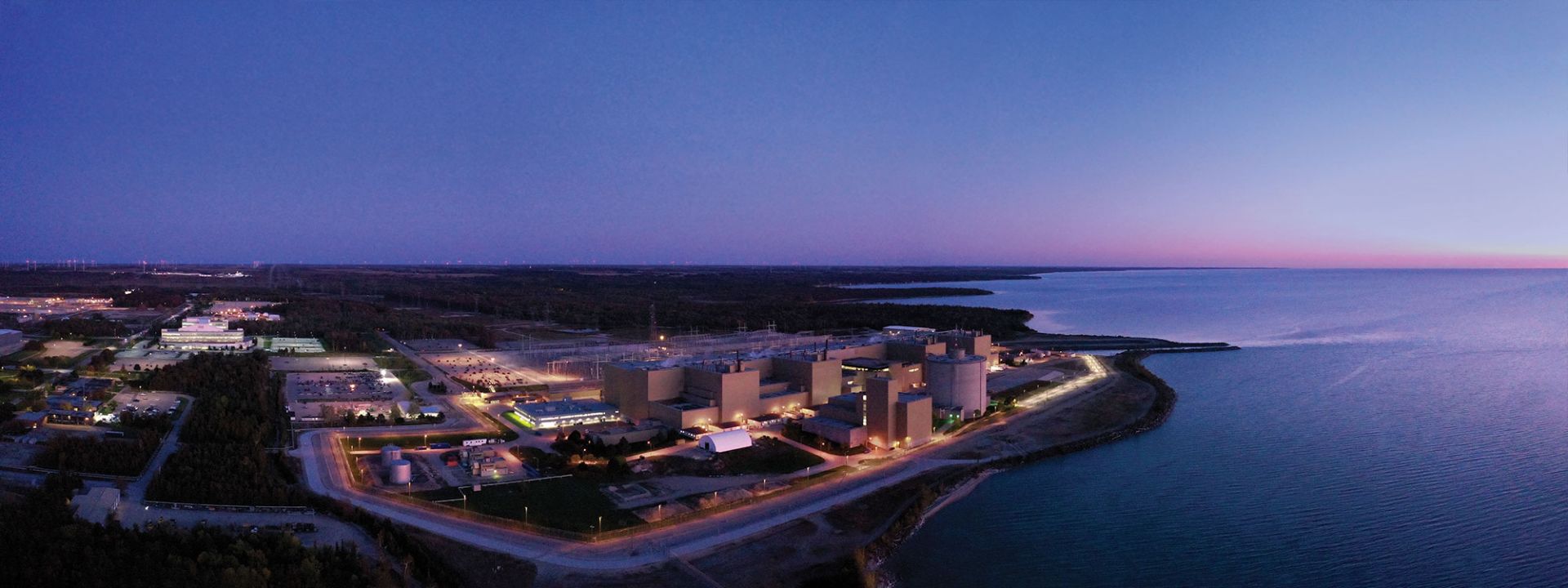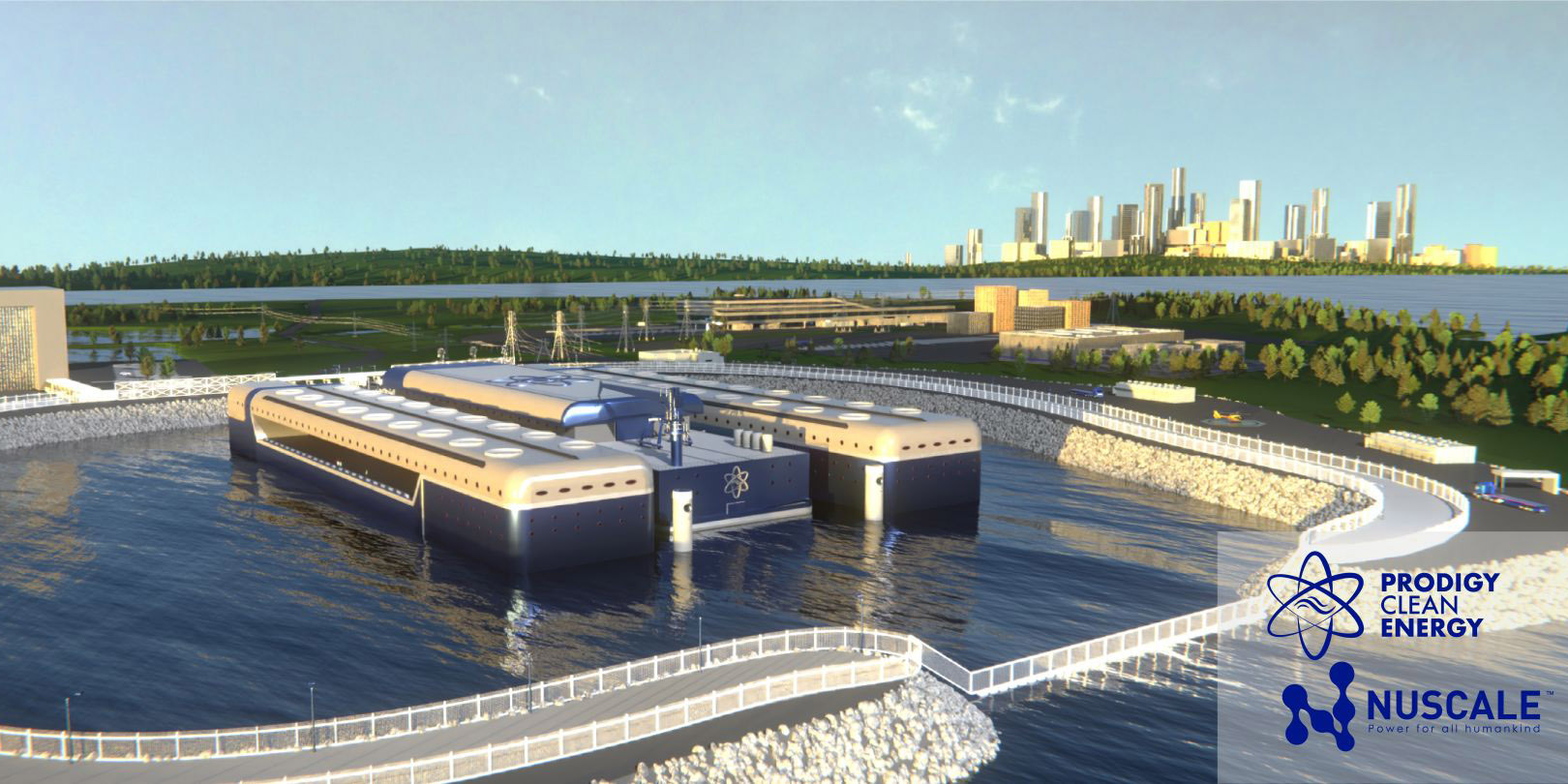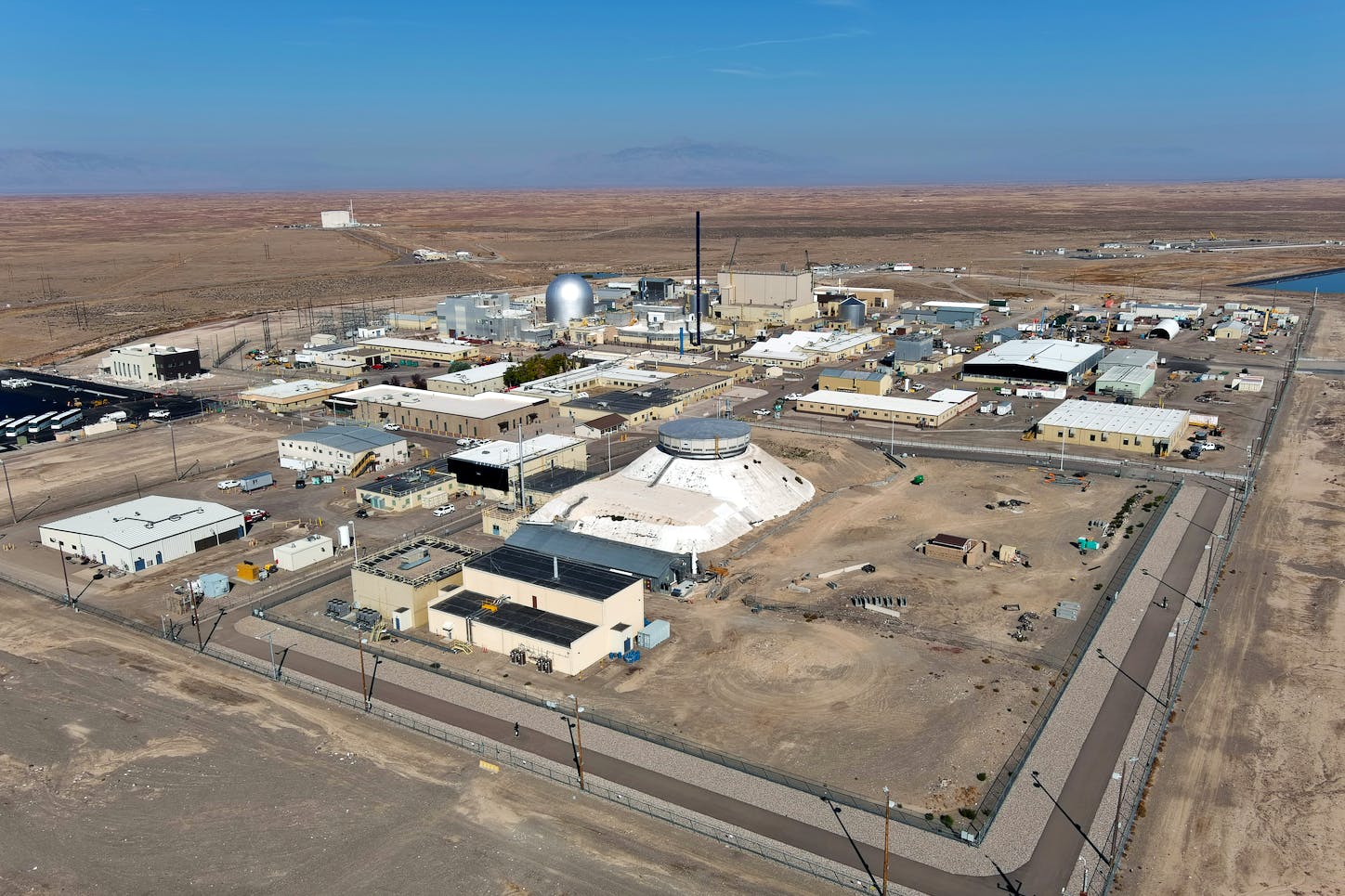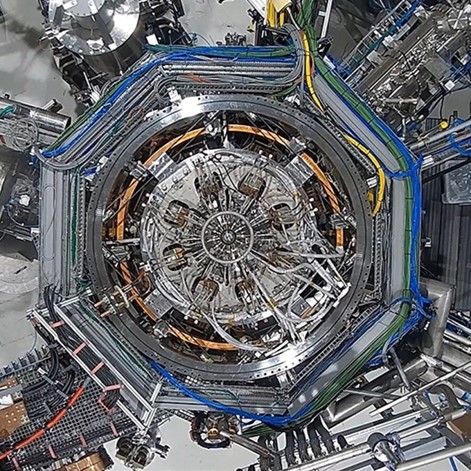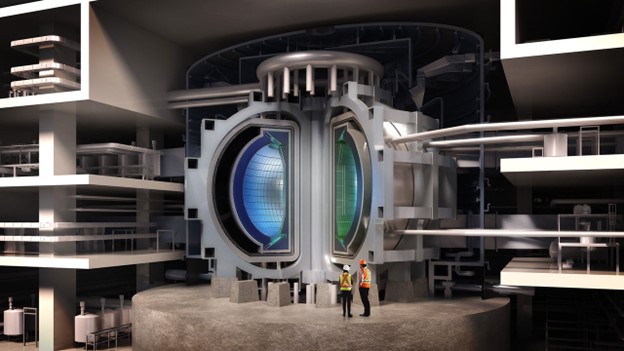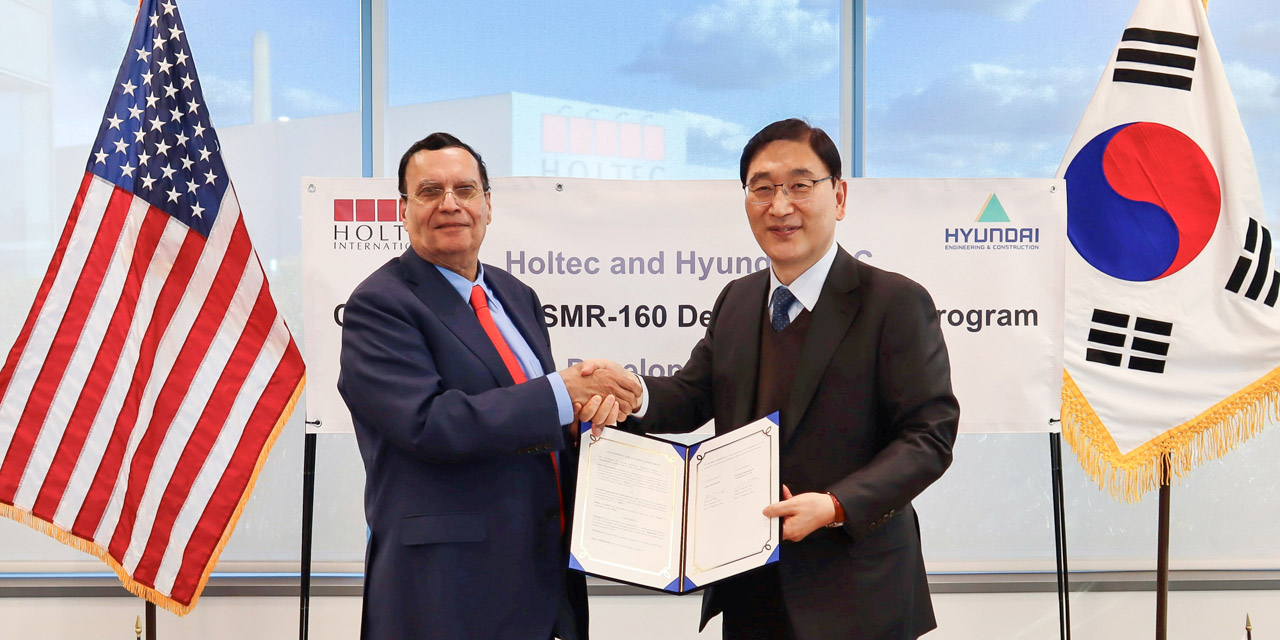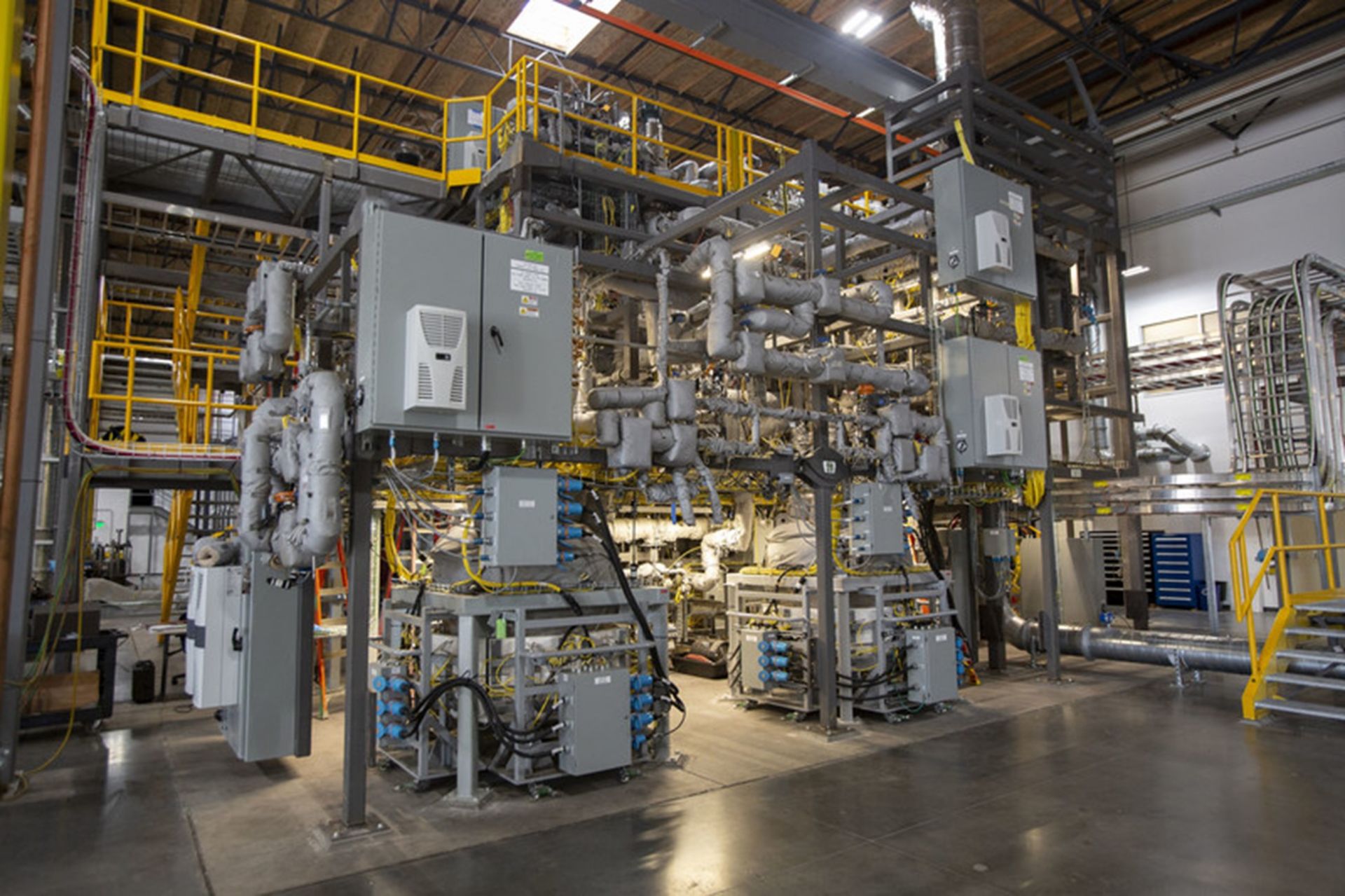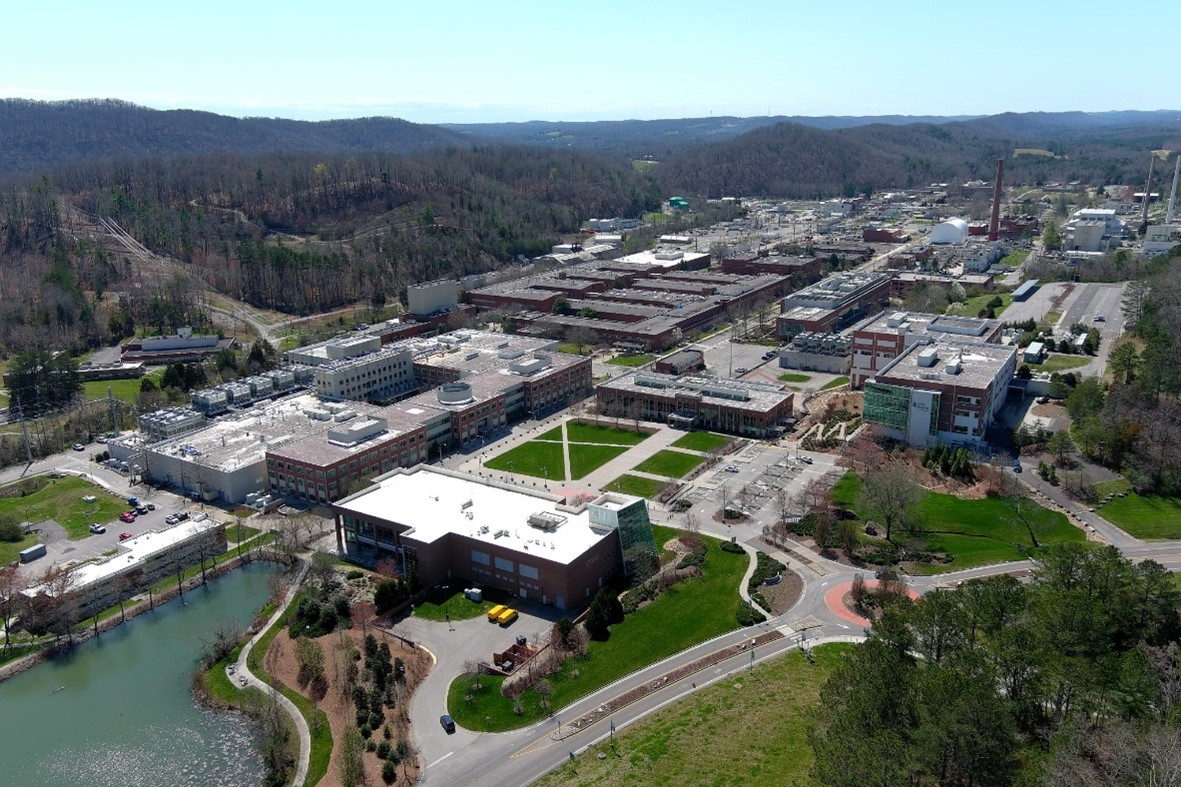Diagram of the University of Rochester Laboratory for Laser Energetics’ OMEGA laser system. (Image: University of Rochester)
A study recently published in Nature Communications brings a new perspective on how radiation travels through dense plasmas, potentially leading to a better understanding of the evolution of stars and the development of controlled nuclear fusion reactions. Researchers led by investigators at the University of Rochester Laboratory for Laser Energetics (LLE) achieved their findings by conducting experiments with LLE’s OMEGA laser system. This extensive system, which is 19 meters tall and 70 meters long, consists of 60 laser beams that can focus as much as 30,000 joules of energy onto a target for the study of nuclear and fluid dynamic events.
A rendering of Helga and Zohar side by side aboard the Orion spacecraft. (Image: NASA/Lockheed Martin/DLR)
NASA’s Artemis I mission, successfully launched at 1:47 a.m. EST on November 16 from the Kennedy Space Center in Florida, will travel 40,000 miles beyond the moon—farther from Earth than any human-crewed space mission has flown before. The historic trip was launched by the world’s largest rocket, the Space Launch System (SLS), nearly 50 years after NASA last sent humans to the moon. And while no humans are on board the Orion spacecraft, two fabricated crew members—“Luna Twins” Helga and Zohar—were assembled with thousands of sensors to obtain the best estimates yet of cosmic radiation exposure to human tissues during space travel.
This still image, taken from a General Fusion video, depicts the demo plant that will be built near Oxford, U.K. (Image: General Fusion)
Canadian Nuclear Laboratories (CNL) and General Fusion have announced a memorandum of understanding (MOU) to “develop fusion energy research capabilities within CNL, to support the goal of constructing a potential General Fusion commercial power plant in Canada before 2030.” The plant would follow on a demonstration-scale plant that General Fusion wants to have operating in the United Kingdom by 2027 to validate the performance and economics of the technology.
The U.S. ITER Project Office in Oak Ridge, Tenn. U.S. ITER has received $256 million in Inflation Reduction Act funding. (Photo: U.S. ITER)
Just days before COP27 and the U.S. midterm elections, the White House announced $1.55 billion in Inflation Reduction Act (IRA) funding for national laboratories and the launch of a Net-Zero Game Changers Initiative based on a new report, U.S. Innovation to Meet 2050 Climate Goals. Out of 37 research and development opportunities identified, fusion energy was selected as one of just five near-term priorities for the new cross-agency initiative. Together, the announcements signal policy and infrastructure support for fusion energy—the biggest chunk of Department of Energy Office of Science (DOE-SC) IRA funding went to ITER, via Oak Ridge National Laboratory—and for advanced nuclear technologies to power the grid and provide process heat to hard-to-decarbonize industrial sectors.
A Northrop Grumman Antares rocket, with the Cygnus spacecraft Sally Ride aboard (so named for first American woman to fly in space), launched at 5:32 a.m. EST on November 7, from NASA's Wallops Flight Facility in Virginia. The rocket is captured just after liftoff in this still image from NASA’s live broadcast of the event.
Seeds from the joint laboratories of the International Atomic Energy Agency and the Food and Agriculture Organization of the United Nations (FAO) are onboard a Cygnus spacecraft launched from NASA’s Wallops Flight Facility in Virginia early on November 7. Now orbiting the Earth en route to the International Space Station, the seeds are part of a commercial resupply mission with a payload that includes resources to support more than 250 scientific investigations.
Sesuvium portulacastrum (Photo: David Eickhoff/Wikicommoms)
The authors of a study that was recently published in Advances in Agriculture have recommended that the plant Sesuvium portulacastrum, commonly known as sea purslane, “be cultivated in [cesium]-contaminated soils and near nuclear power plants for phytoremediation.” The researchers found that S. portulacastrum is a “hyper-accumulator” of radioactive cesium isotopes, which are byproducts of nuclear fission reactions in nuclear reactors. The study results suggested that these plants could efficiently remove the toxic metallic chemicals from contaminated soil around nuclear facilities.
Bruce's Unit 7 is now producing Lutetium-177, used in targeted cancer therapeutics. (Photo: Bruce Power)
An international collaboration between Bruce Power, Isogen (a Kinectrics and Framatome company), and ITM Isotope Technologies Munich SE (ITM) announced they have begun commercial production of lutetium-177 using Unit 7 of the Bruce nuclear power plant in Kincardine, Ontario. According to the companies, this marks the first time a commercial power reactor has been used to commercially produce short-lived medical radioisotopes.
Conceptual layout and deployment of a Prodigy SMR Marine Power Station with 12 NuScale Power Modules. (Graphic: Business Wire)
NuScale Power and Prodigy Clean Energy announced on October 26 that they have developed a conceptual design for a transportable, marine-based small modular reactor. The companies plan to present the design to utilities, regulators, and shipyard manufacturers. Prodigy, a Canadian company “specializing in the development of transportable nuclear power plants,” and NuScale signed a memorandum of understanding in 2018 agreeing to pursue the development of an SMR marine facility.
INL’s Materials and Fuels Complex. (Photo: INL)
The Department of Energy announced $150 million in Inflation Reduction Act funding on October 25 for infrastructure improvements at Idaho National Laboratory. According to the DOE, the funding will support nearly a dozen projects at INL’s Advanced Test Reactor (ATR) and Materials Fuels Complex (MFC), both of which have operated for more than 50 years. The investments in existing infrastructure assets mean support for nuclear energy research and development, including fuel testing, bolstering the near-term supply of high-assay low-enriched uranium (HALEU), and reactor demonstrations.
A rendering of the GA fusion pilot plant. (Image: GA)
General Atomics (GA) announced on October 20 that it has developed a steady-state, compact advanced tokamak fusion pilot plant concept “where the fusion plasma is maintained for long periods of time to maximize efficiency, reduce maintenance costs, and increase the lifetime of the facility.”
Kris Singh (left), president and CEO of Holtec International, and Young-Joon Yoon, president and CEO of Hyundai E&C. (Photo: Holtec International)
Holtec International and Hyundai Engineering & Construction (a Hyundai Motor Group subsidiary) have signed an accord to accelerate the completion of Holtec’s SMR-160 small modular reactor development program, as well as to collaborate on diverse clean energy technologies.
The Integrated Effects Test at TerraPower’s laboratory in Everett, Wash. (Photo: Southern Company/TerraPower)
“The world's largest chloride salt system developed by the nuclear sector” is now ready for operation in TerraPower’s Everett, Wash., laboratories. Southern Company, which is working with TerraPower through its subsidiary Southern Company Services to develop molten chloride reactor technology, announced on October 18 that the Integrated Effects Test (IET) was complete. The multiloop, nonnuclear test infrastructure follows years of separate effects testing using isolated test loops, and it was built to support the operation of the Molten Chloride Reactor Experiment (MCRE) at Idaho National Laboratory that the companies expect will, in turn, support a demonstration-scale Molten Chloride Fast Reactor (MCFR).
An aerial view of ORNL’s main campus. (Photo: ORNL)
The Gateway for Accelerated Innovation in Nuclear (GAIN) announced the three recipients of its fourth and final round of 2022 vouchers on October 10. The vouchers were awarded to Curio Solutions, which is developing a spent fuel recycling process, and to two companies that are separately investigating advanced reactor siting—Elementl Power and the Tennessee Valley Authority (TVA). The funds for each award will go directly to Oak Ridge National Laboratory.
The Spherical Tokamak for Energy Production, shown here in an artist's rendition, is a government-backed prototype fusion energy plant planned for operation in the U.K. in the early 2040s. (Image: UKAEA)
The U.K. Atomic Energy Authority (UKAEA) and Tokamak Energy announced on October 10 that they signed a framework agreement to collaborate on developing spherical tokamaks for power production. This news is a complement to last week’s announcement from the U.K. government that the West Burton A coal-fired power plant site in Nottinghamshire has been selected as the future home of STEP (Spherical Tokamak for Energy Production), the U.K.’s planned prototype fusion energy plant. The government is providing £220 million (about $250 million) of funding for the first phase of STEP, which will see the UKAEA produce a concept design by 2024.
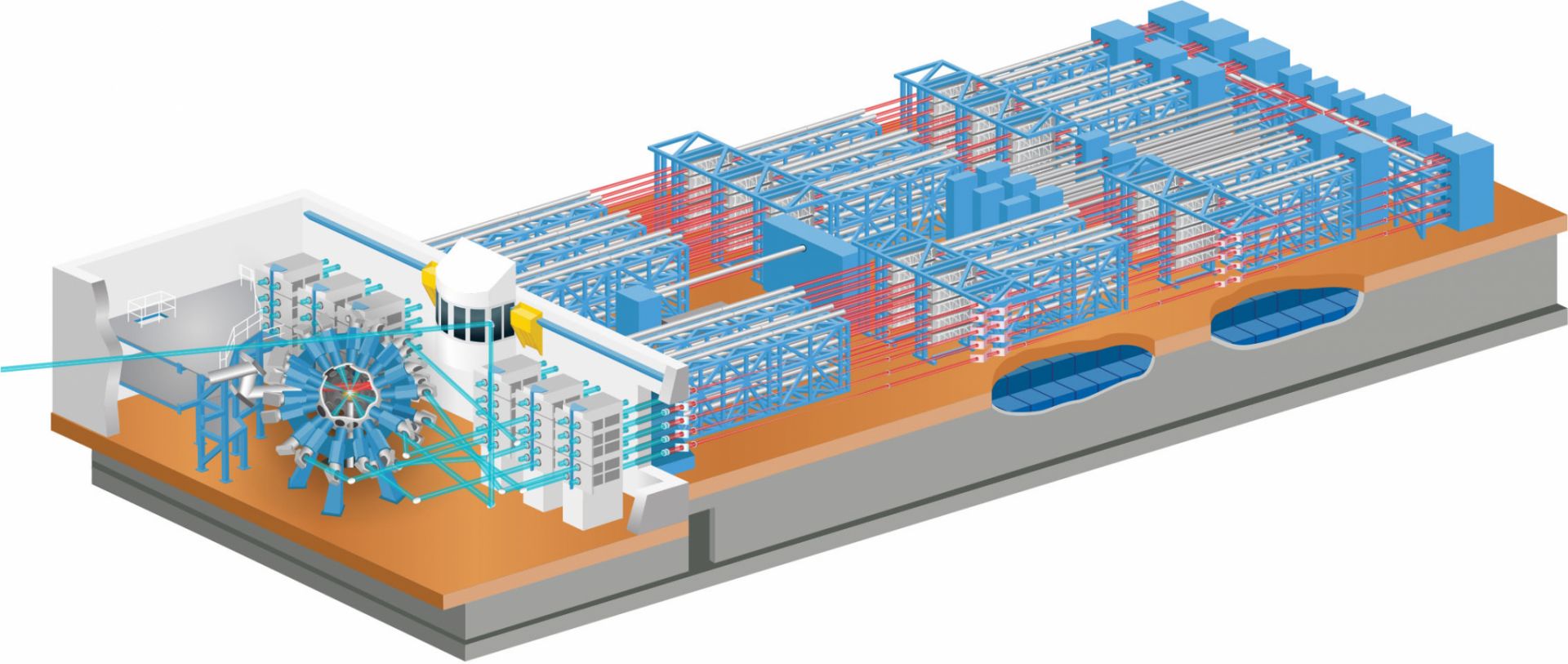



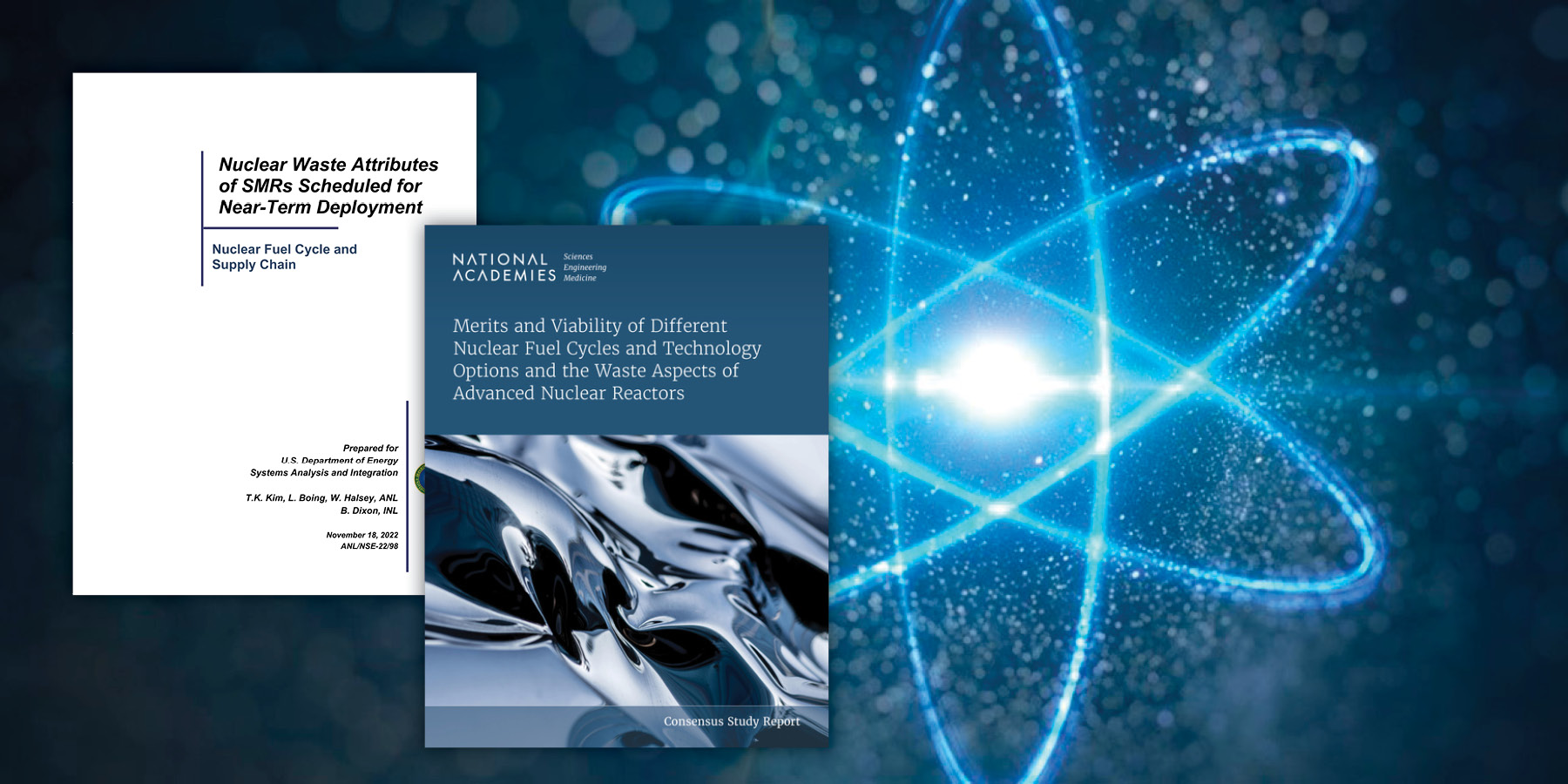

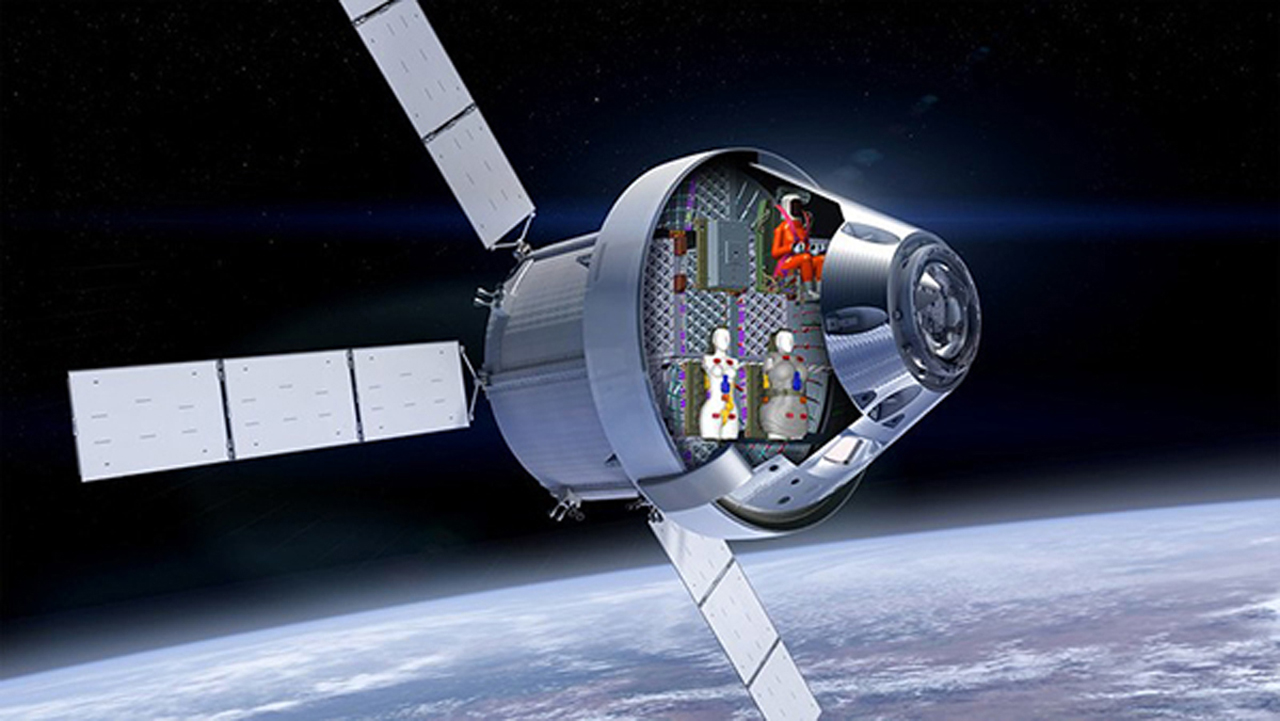

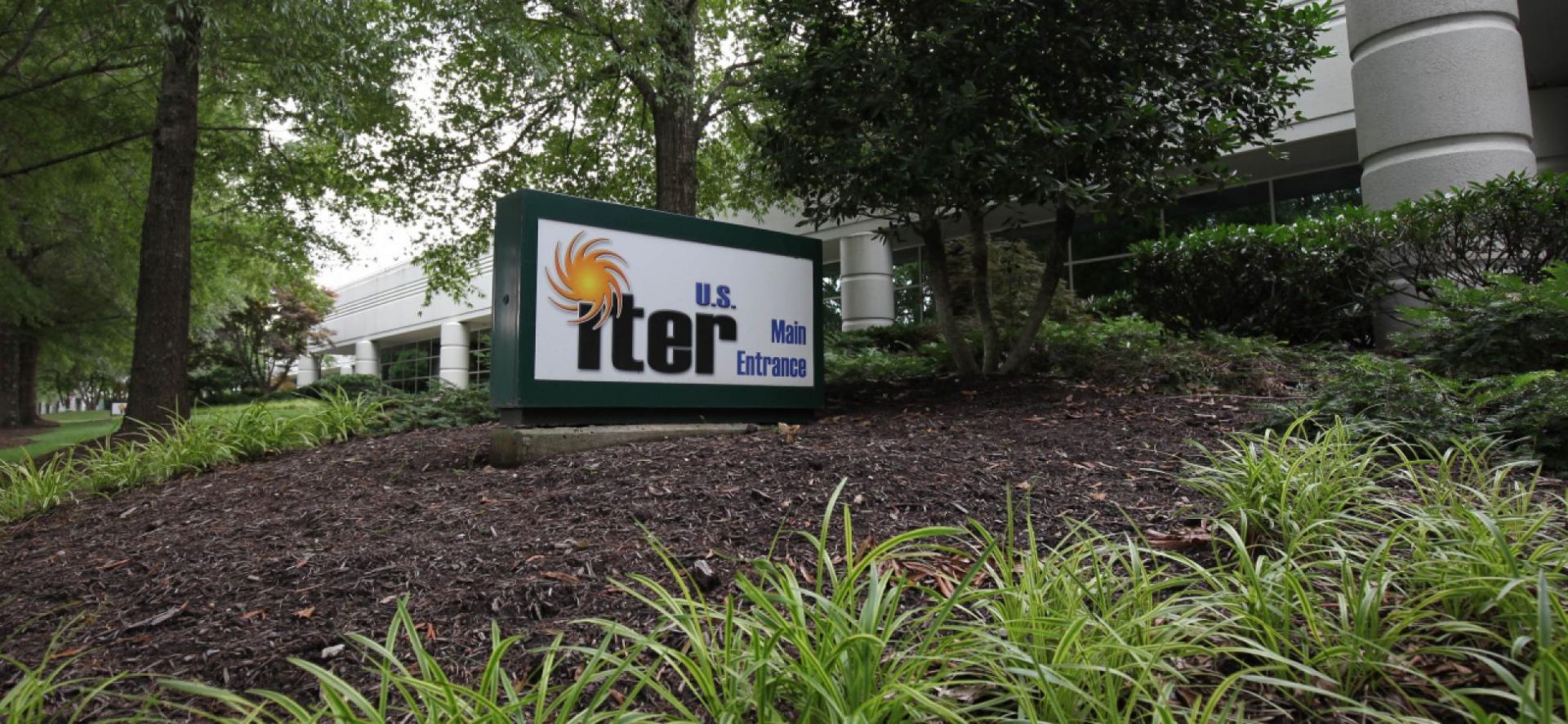
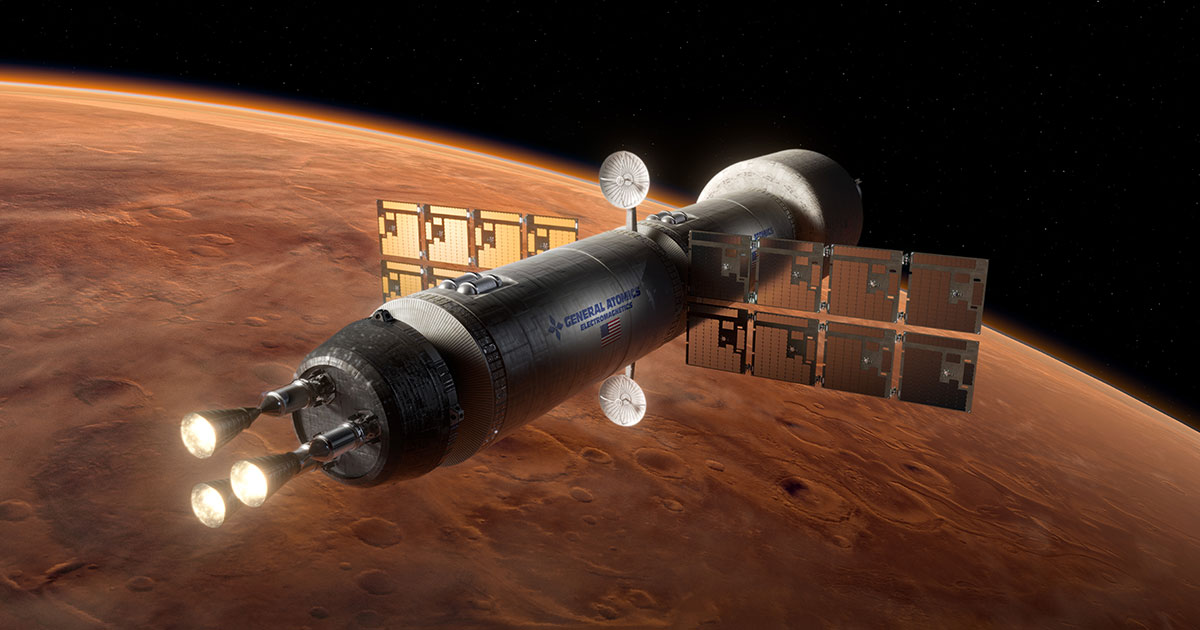


.jpg)
